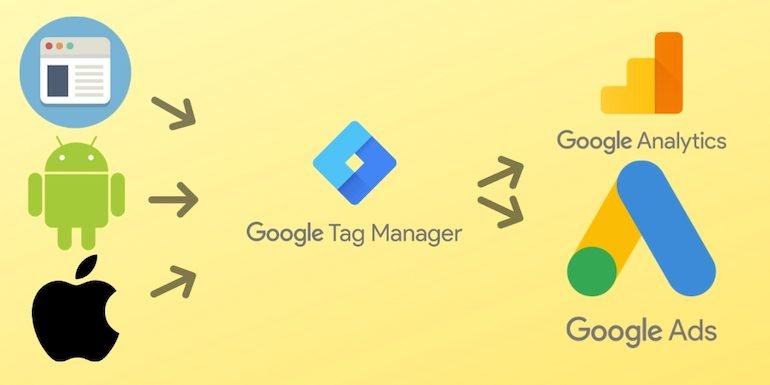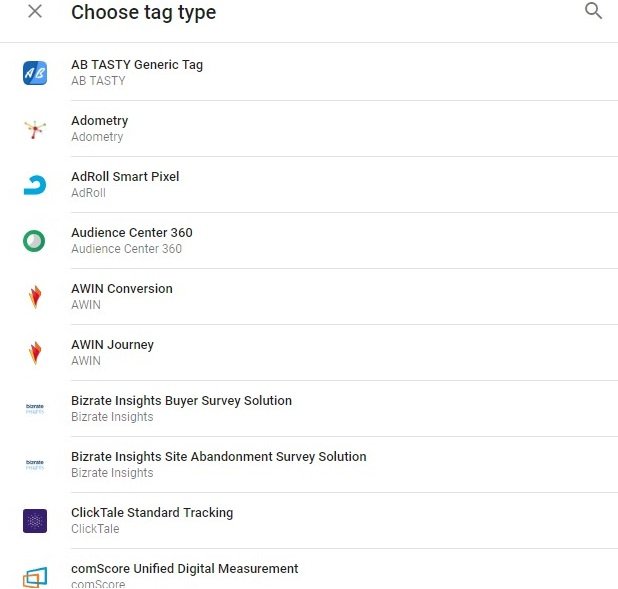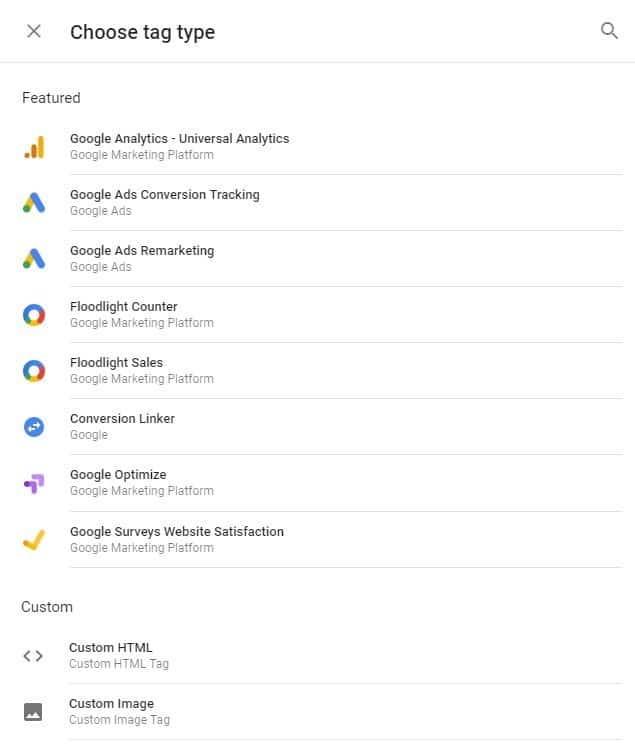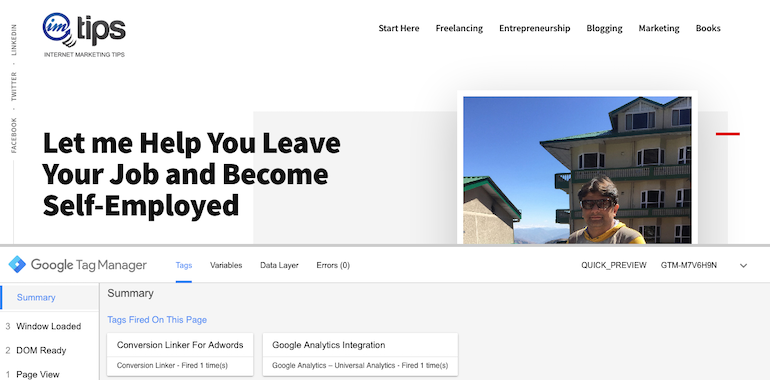Many bloggers have written about benefits of Google tag Manager but not from this point of view. These GTM benefits will definitely tempt you to using it

Google tag manager (GTM) is a free tool by Google to help track user activities on websites or apps by customizing each user activity. The best part is you don’t need a programming capability to track custom events.
GTM means No Hard Coding, No Fuss. Just tag and track.
Earlier I had written a detailed article on Google Tag Manager and how to connect it with Google Analytics. It can help you deploy Google Tag Manager on your website.
Today, I will explain the 7 key benefits of using Google Tag Manager.
1. Eliminates JavaScript Coding
Google Tag Manager reduces the pain of manually writing codes for each event you want to be tracking. Once the code for Google Tag Manager is installed for the container, one can create all the tags as well as fire events for different user activities and track them as needed.
With GTM it is easy to add, edit or remove tags within few clicks using the Google tag Manager Dashboard.
GTM is a webmaster tool and eliminates the need of a web developer to track user activities.
2. No JavaScript Third Party Code Conflicts
If you don’t use GTM, the webmaster has to add JavaScript codes of each third party tracking code manually. Often the code can increase the page loading time as well as have a conflict among them. It will need a lot of time and effort to fix such conflicts.
Moreover, the webmaster can check the GTM integration in a debug window in the preview mode to make sure everything is working as expected before finally publishing it.
3. Faster Page Load for User
GTM makes sure each third-party tracking that a webmaster adds to the site but it doesn’t hamper the user experience or slow down the site’s page load time.
One may argue how GTM provides better page load time?
A very simple example can be, if you put in JavaScript code from multiple domains, each page load will need a DNS lookup of each domain to load the JavaScript code. If only GTM is used to fire the tag for integration of the same third party, the third party codes aren’t loaded and GTM notifies the third party in the background making it a much better for the user experience as well.
You just need to configure a trigger based on an available filter, create a tag for the integration and Job Done!
The existing GTM code on the website will start tracking the new event and send data as defined in the tag.
4. Multiple 3rd Party Integration

As of today, GTM allows creating tags in integration with as much as 50+ third-party tools.
To name a few famous tools would be Crazy Egg, FoxMetrics, Google Ads Calls from Website Conversion, Hotjar Tracking Code, Infinity Call Tracking Tag, LinkedIn Insights, Bing Ads Universal Tracking, Oktopost Tracking Code, Twitter Universal Website Tag, Xtremepush – Web Push & Onsite Engagement and Yieldify.
You can track hundreds of events and send the same to any 3rd party tool available via tag manager without installing their codes.
5. Ready-to-use Tags, Triggers & Functions

Google Tag Manager provides users with a list of readymade tags, triggers, and functions. Anyone can instantly start deploying tags to track advanced data in either Google Analytics or other 3rd party tools.
For example, if you want to track how many users click the CTA buttons on a page or app, you can deploy a tag with a set of rules to track all the CTA button click activity.
6. Decreases Web Development Time For A/B Testing
GTM can ridiculously make a webmaster self-dependent when it comes to tracking any activity.
The changes for the A/B testing can be tracked via Google tag manager using the GTM dashboard. One doesn’t need to write code for doing the tracking.
Webmasters experiment and analyze the data. If web development can take up too much time to implement the tracking changes, the whole idea of A/B testing can become meaningless.
GTM makes sure there is no coding needed for the A/B testing.
7. Totally Free
Last but by no means the least, Google Tag Manager is totally free for webmasters. I have kept it as the last point because even if Google starts charging for it, it will be worth every penny.

